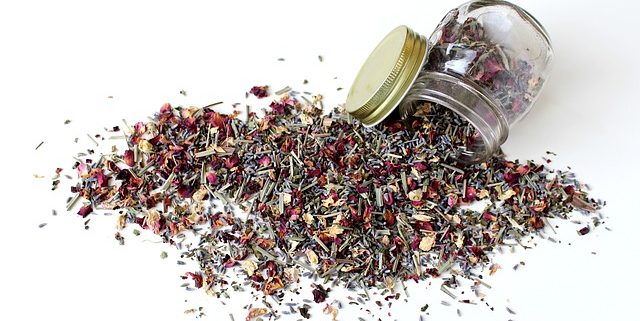Health Claims – Cannabis
The Cannabis Act has received Royal Assent in Canada and is now one of the key legislations regulating the sale of cannabis products in Canada. The Food & Drugs Act will also play a role in regulating the production, sale and distribution of health products containing cannabis. Together these two acts will form a dual-licensing regime in Canada for several product types seeking market-access in Canada. By co-ordinating the Cannabis Act with the Food & Drugs Act Health Canada can ensure that health products with cannabis are subject to rigorous controls for safety, efficacy and quality while separate requirements under the Cannabis Act protect against risks to public health and safety.
Health Canada has divided health products containing cannabis and health products for use with cannabis into three distinct categories as follows:
Non-medical Cannabis is the first type of product. It is subject to the Cannabis Act only. Classes of products are currently limited to fresh and dry cannabis, cannabis oil, plants and seeds. No pre-market review is required for product safety and efficacy. And no health claims may be made for these products.
Medical Cannabis is the second product type. Medical cannabis is subject to the Cannabis Act only with similar classes of products to the non-medical cannabis category. Health Claims may not be made for medical cannabis, and a health care practitioner authorization is required for use of medical cannabis.
A new category, health products with cannabis or health products for use with cannabis will be subject to BOTH the Cannabis Act and the Food & Drugs Act. For these products, a pre-market review for safety and efficacy is required. Health claims, if authorized upon scientific review by Health Canada, may be made for these products. Health Canada recently added phytocannabinoids to the human Prescription Drug List (PDL) meaning that outside of specific exceptions (allowable plant parts included in natural health products) all health products containing phytocannabinoids will require a prescription before they are sold.
Certain parts of the cannabis plants are covered in the exception to PDL listing because they do not meet the definition of cannabis in the Cannabis Act, or due to their eligibility as industrial hemp under the Industrial Hemp Regulations (IHR). These cannabis plant parts include non-viable seeds or roots of the cannabis plant and mature cannabis stalks without leaves, flowers, seeds or branches. Isolated or concentrated phytocannabinoids must not be present in these plant parts, and the upper limit of delta-9-tetrahydrocannabinol permitted is 10 parts per million.
More information on drug products with cannabis, natural health products and medical devices with cannabis or for use with cannabis can be found in Health Canada’s recent Guidance “Health products containing cannabis or for use with cannabis: Guidance for the Cannabis Act, the Food and Drugs Act and Related Regulations” at the following link: https://www.canada.ca/en/health-canada/services/drugs-health-products/drug-products/applications-submissions/guidance-documents/guidance-cannabis-act-food-and-drugs-act-related-regulations/document.html





